Do you want to travel for free?
This article has around 1,000 words and will take you about five minutes to read. It will give you a starting point for earning points and miles. It will not answer all your questions, but I am happy to try. Be sure to follow me on Instagram and don’t be shy with your questions.
Here are the first things you should do:
There is a lot of interest in traveling the world for free. There are some amazing blogs that explain how to upgrade hotel rooms, fly for pennies, and redeem credit card points for first-class experiences.
A lot of my friends have seen my Instagram posts and have heard my travel stories, about hotel suites and vacations I have been able to enjoy with family and friends. Many times, they’ve asked me how they can get started with points and miles too.
It’s important to be aware that award travel is not for everyone.
If you feel there is a risk that access to a line of credit will mean you might overspend or you can not pay your balance in full every month then this might not be the hobby for you. If you believe you can shift your everyday spending from a debit card or cash to a credit card then you will unlock tremendous travel perks and within a few months, you may be taking trips you never thought possible.
Here are the things I believe should be your first steps:
- Make sure you know and understand your credit score.
- Set down travel goals.
- Apply for a card.
- Track your points and benefits.
Step One: Understand your credit score
There’s no sugar coating it; the better your credit score, the more access you are going to have to more credit. My favorite tool for monitoring, improving, and staying aware of my credit score is Credit Karma. This website is free to use and provides an in-depth understanding of how impactful a credit score is. The best part of this site is that it removes all the jargon and makes everything easy to understand.
Step Two: Set some travel goals
Points are currency, but unlike money you have in a savings account that may earn you interest, points can often be devalued by the bank, airline, or hotel that issues them. This is why many will advise you to have a travel goal in mind and work toward this.
Think about your travel aspirations for the next 12 months. Would you like to visit family or friends out of state? Enjoy a local staycation? Take a trip abroad for your birthday?
Take a moment to set that goal and then you’ll have something to work towards. Now post your goals on this post and let me know where you want the world to take you.
Now that you have a goal in mind, you are one step closer to determining the type of cards that can help you teach those goals.
Step Three: Apply for credit cards
There are two main ways to earn points by using credit cards: Bonuses through signing up and spending money on the card. A sign-up bonus is an introductory offer that allows you to earn a large number of points for an initial amount of money spent on the card. Once you meet this threshold you will receive the bonus points.
Some things to do when signing up for a new card are:
- Think about upcoming large expenses that you could put on a credit card.
- Write down the date you applied and the date you need to meet the spend bonus by.
- Take a screenshot of the offer, including the address bar displaying the URL so you have a record of what the bonus is supposed to be.
You don’t want to be looking for new ways to spend money or get into debt. If you know you have a large expense coming up, such as a medical bill, homeowners insurance, quarterly taxes, or perhaps school tuition, these can be great opportunities to effortlessly meet minimum spend requirements for your bonus. Timing is everything when it comes to your sign-up bonus.
You will also earn points for your day-to-day spending. Some cards offer just 1 point per dollar spent, others will offer bonus points for certain categories (such as 5x total points on flights, or 3x points on gas or dining).
I have written a separate article that outlines the pros and cons of some of my favorite cards and I update that regularly. It’s important to keep some of the following things in mind:
Step Four: Track your points
I keep a spreadsheet of the 15 awards programs I use most actively. This is my central record of the frequent flier account numbers of everyone in my family. However, tracking your points and benefits needs more than a spreadsheet. I use an amazing service called AwardWallet to keep track of my balances, free night awards, travel credits, and any expiration dates.
The beautiful thing about AwardWallet is that it updates all my accounts for me. I have one central place to log in and keep track of everything. It’s like having a private banker for my points!
When you have multiple award accounts to keep track of, AwardWallet really does the thinking for you and their tools support almost 700 different hotel, airline, and bank reward programs. If you think that points and miles can become complicated and overwhelming, this is the tool that mitigates that concern. AwardWallet also has some very handy tools that can help you work out which of your credit cards will earn you the most points at different vendors, and analyzes your spending so you can optimize your opportunities to earn more points.

